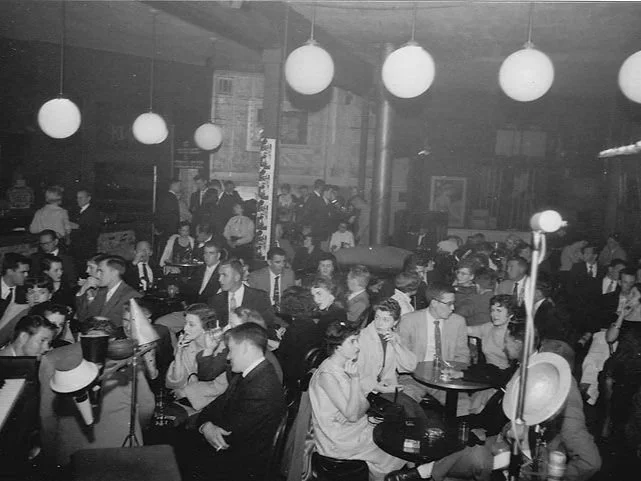A Letter From The Festival Director
Hello and Welcome to the Midhurst Jazz, Food & Blues Festival 2025. Whether you're an audience member, artist, helper, or sponsor, you're helping us build more than a Festival. You're helping us spark a cultural legacy for Midhurst and the beautiful Weald between the North and South Downs that will grow richer with every note played, meal shared, and connection made.
We've brought together an incredible mix of talent, taste, and soul. Expect extraordinary improvisation, deep grooves, bold flavours, and the unmistakable buzz of a town coming alive with rhythm and community spirit. From smoky jazz standards to the food of the great jazz and blues clubs from New York, Chicago, and Buenos Aires, we're celebrating life in all its colour.
And with Cowdray Park's world-famous polo grounds here in Midhurst, we're proud to include some Argentine flair in the Festival mix. The sounds of tango interwoven with blues and jazz? It's a heady blend and one you'll find at no other music Festival!
This is just the beginning. Our vision is to grow this into a permanent fixture on the national Festival map—something locals can feel proud of, and visitors will return to year after year. A weekend that blends world-class creativity with the warmth and charm of this extraordinary location.
Thank you for helping make this happen. Enjoy every moment. And come back next year—we're just getting started.
With gratitude and excitement,
Adam Page
Festival Director, Midhurst Jazz, Food & Blues Festival
Midhurst's Secret Jazz History?
In the 1940s and 1950s, North American jazz and blues musicians were regularly crossing the Atlantic. Artists like Sidney Bechet, Adelaide Hall, Lonnie Johnson, Dexter Gordon, Sarah Vaughan often played prestigious clubs as London, Paris and Copenhagen - still recovering from war - offered them both grateful audiences and relative freedom.
How many US airforce flights that should have continued to Paris but which "had to refuel" at nearby airbases like Westhampnett or Tangmere - dropping off mysterious figures dressed in zoot suits and two-tone spectator shoes, clutching oddly shaped luggage, to be whisked away in the night - may never be known.
But it turns out they were all coming to Midhurst, where some of the 70,000 US and Canadian military personnel based within a 30-mile radius of this sleepy rural town, would discreetly gather late at night to get a taste of the music from home.
The locations of these illicit midnight jam sessions is the stuff of legend. But rumours tell of secret cellars under the Cowdray ruins, of the upstairs room in one of the ancient local pubs, and even of the Old Town Library being co-opted for the use of these unlicensed speakeasies...
Midhurst, it would seem, is the dark horse in the history of jazz and blues in Europe...

Midhurst's Unique Connection with Argentina
Midhurst, a historic market town in West Sussex, has developed a remarkable and long-standing connection with Argentina through the game of polo. At the heart of this relationship is Cowdray Park Polo Club—one of the world's oldest and most prestigious polo institutions. Founded in 1910, Cowdray has played a central role in shaping international polo, and its ties with Argentina run deep.
Polo was introduced to Argentina by British settlers in the late 19th century, but it was there that the sport truly came into its own. Argentina's vast pampas, skilled horsemen, and deep equestrian culture helped turn the game into a national obsession. As Argentine players rose to dominance, many made the annual journey to Midhurst to compete during the English summer. Cowdray became a natural stage for this cultural and sporting exchange.
The Argentine presence at Cowdray has become a defining feature of the club. Players such as Adolfo Cambiaso, the Pieres family, and many others have thrilled local crowds, bringing flair, speed, and exceptional horsemanship to the Gold Cup and other tournaments. Over time, Midhurst has evolved into an unlikely centre of Argentine influence—where Spanish mingles with English on the sidelines, and where traditions from Buenos Aires find a second home.
This connection isn't limited to sport. Each summer, Argentine food, music, and social customs filter into the local rhythm. The asado, Argentina's famous barbecue, is a regular fixture at Cowdray events. Argentine grooms, trainers, and polo families live and work in the area, many with ties stretching back decades.
What began as a shared love of polo has become a fusion of cultures, rooted in mutual respect and tradition. The relationship between Midhurst and Argentina is a living example of how sport and culture can bridge continents.


